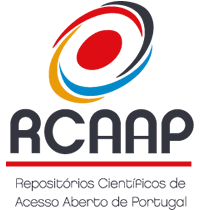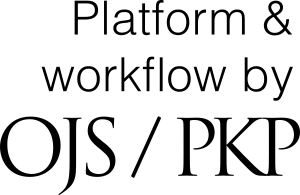Assessing the herbicidal potential of Rhodopirellula rubra LF2 extracts: a promising approach for sustainable weed control
DOI:
https://doi.org/10.48797/sl.2025.332Keywords:
Selected Oral CommunicationAbstract
Background: The increasing global population and the corresponding rise in food demand require improvements in crop yields, as well as a reduction in the impact of weeds in agricultural fields. One potential sustainable solution may lie in the ocean—an area of the Earth that remains largely unexplored, yet harbors rich and diverse biodiversity. In our group, marine microorganisms have been found to produce bioactive compounds with antimicrobial, anti-obesogenic and antioxidant properties. [1,2] Objective: This study aims to screen extracts obtained from the Planctomycetota bacterium Rhodopirellula rubra strain LF2 as potential biofertilizers and/or bioherbicides. Methods: R. rubra LF2 was cultivated in three distinct culture media (M600, M607, and 1/10 M607), each varying in nitrogen and carbon concentrations. This approach was based on the premise that varying nutrient levels would activate distinct metabolic pathways. The cultures underwent extraction by exposure to ethyl acetate overnight. The resulting organic solution was dried, and the obtained powder was solubilized in 10% DMSO. The extracts were then tested in screening assays using three model plants: Arabidopsis thaliana, Lactuca sativa, and Lolium perenne. The plants were grown in solid Hoagland medium in the presence of the extracts for 2 to 3 weeks under controlled conditions (25°C, 16h:8h light:dark cycle). Biometrical parameters, including fresh weight, root length, and number of leaves, were measured to assess the effects of the extracts on plant growth. Results: L. perenne and L. sativa were unaffected by the R. rubra extracts in any of the parameters analyzed. However, A. thaliana was strongly affected by R. rubra extracts produced from M607 and 1/10 M607 cultures. These extracts completely inhibited seed germination. Extracts from the M600 culture significantly reduced root length, increased the number of leaves, and had no effect on the fresh weight of the plants. Additionally, M600 extracts reduced A. thaliana germination by more than 70%. Conclusions: This study provides valuable insights into R. rubra LF2 extracts, highlighting the potential of marine resources. The extracts clearly contain compound(s) that strongly inhibit the growth of A. thaliana, a common weed, while having no effect on the crop species L. sativa and the ryegrass L. perenne, both of economic interest. This selective activity suggests a potential bioherbicide capacity, which requires further investigation.
References
1. Vitorino, I.R. et al. Isolation, diversity and antimicrobial activity of planctomycetes from the Tejo river estuary (Portugal). FEMS microbiology ecology 2022, 98(7), doi: 10.1093/femsec/fiac066.
2. Graça, A.P. et al. Planctomycetes as Novel Source of Bioactive Molecules. Frontiers in microbiology 2016, 7, 1241, doi: 10.3389/fmicb.2016.01241.
Downloads
Published
How to Cite
Issue
Section
License
Copyright (c) 2025 Miguel Silva, Ofélia Godinho, Olga Lage, Paula Melo

This work is licensed under a Creative Commons Attribution 4.0 International License.
In Scientific Letters, articles are published under a CC-BY license (Creative Commons Attribution 4.0 International License), the most open license available. The users can share (copy and redistribute the material in any medium or format) and adapt (remix, transform, and build upon the material for any purpose, even commercially), as long as they give appropriate credit, provide a link to the license, and indicate if changes were made (read the full text of the license terms and conditions of use).
The author is the owner of the copyright.









